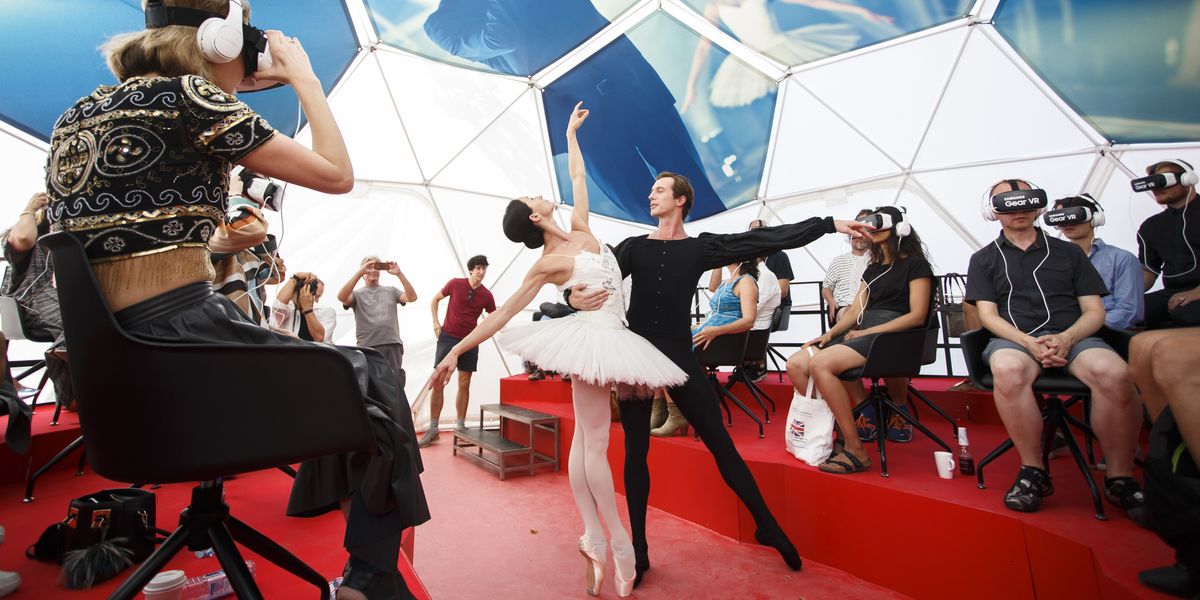Is Virtual Reality Ballet the Next Big Thing in Audience Engagement?
Fog envelops you as swans and sylphs flash right past your shoulder. This is Peter Leung’s Night Fall, a new virtual reality 360 dance film featuring Dutch National Ballet. It puts you inside the “white acts” the film portrays as though you were a member of the corps.
Over the past year, ballet companies and premier artists have been creating new work and adapting existing ballets for the virtual reality world via 360-degree video technology. From English National Ballet’s Giselle VR, a two-minute adaptation of Akram Khan’s new production, to The Royal Ballet’s snow scene from The Nutcracker, classical ballet is forging new partnerships with technology and entertainment companies to cross over into this new platform.
360-degree video technology offers unprecedented access and astounding visuals. Using an omnidirectional camera or several cameras, every angle is captured and the resulting footage stitched together. During playback online, the viewer has the option of exploring the entire panorama.
But for choreographers used to the distance of proscenium stages and a clear sense of front and back, working with this new medium poses creative challenges. When Leung began creating Night Fall for DNB, he placed himself in the middle of the studio and choreographed out from the center. “The only way to learn was to do it,” he says. “I told the dancers ‘Your audience is now the camera.’ ” Even more challenging than working in the round was figuring out where to be during filming, so that he could see the take but also be out of sight: “There were two cameras, one on a fly bar coming down from out of the sky and another on a tripod at eye level. I hid behind scaffolding and boxes in this large warehouse so I could see parts of the dance.”
In a time when entertainment options seem endless and dance companies are eager to court younger audiences, VR 360 offers a fully immersive experience. ENB artistic director Tamara Rojo views this as a necessary part of ballet’s evolution. “Ballet, more than any other art form, has the ability to be reinterpreted and transformed, and this is vital to drive our art form forward,” said Rojo in a press release. Yet the question remains, Can this technology capture new audiences for concert dance or will it become an art form all its own? For now, the possibilities of both are intriguing. “There is something so sacred about the theater, nothing can replace it, so my hope is that VR can become an access point, a reason for people to go to see a show,” says Leung. “But if some people just appreciate it for VR, that is cool, too.”




